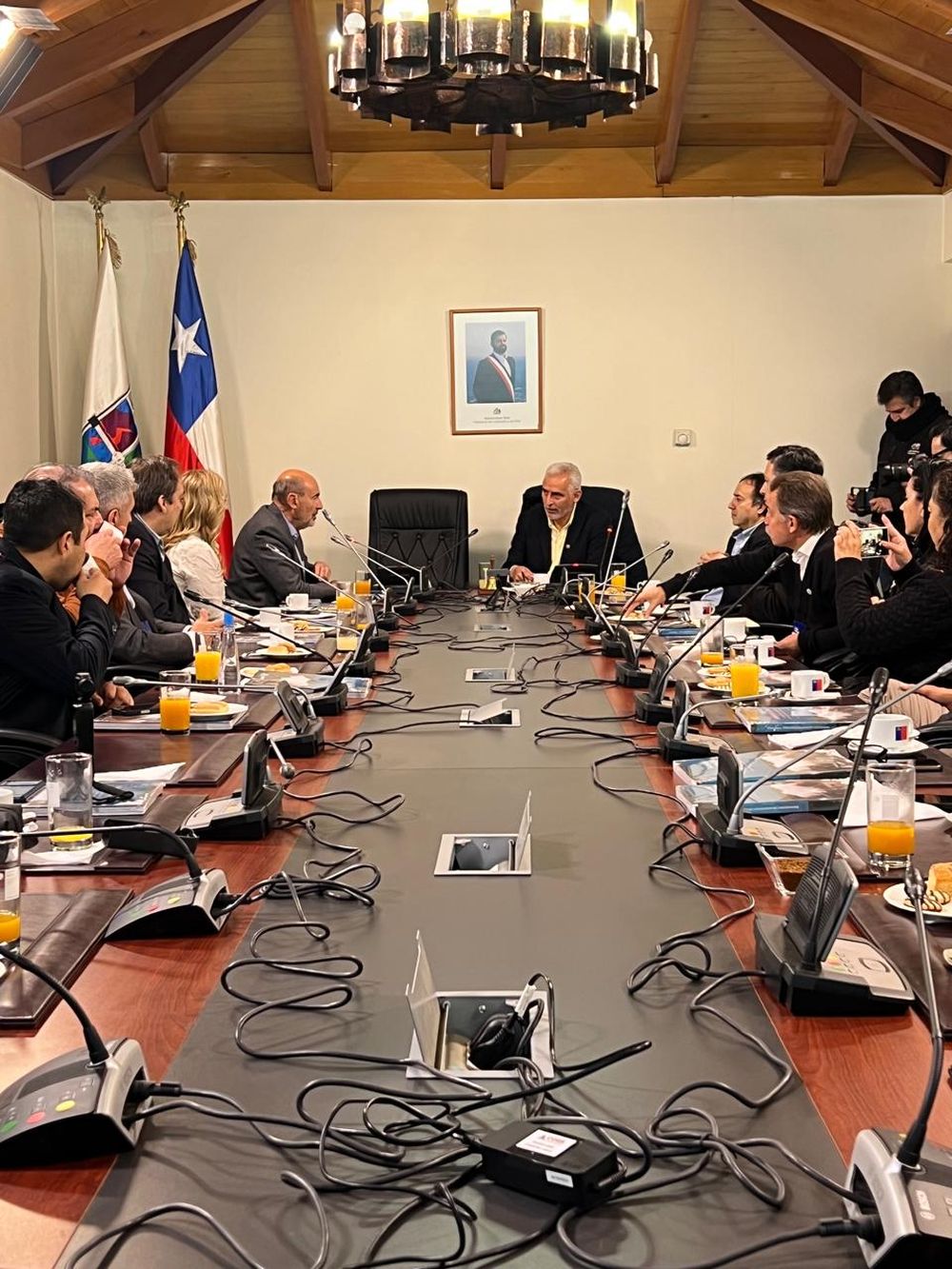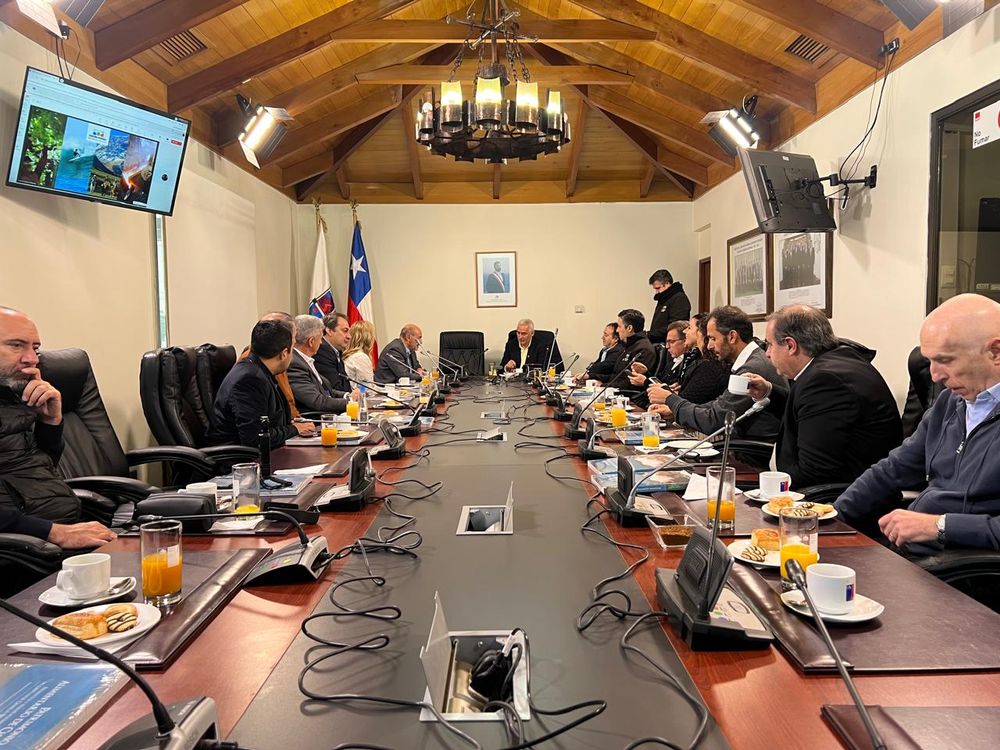Mendoza and the O'Higgins commune explore synergies between mining, agriculture, and logistics

Mining as a driver of economic development , its coexistence with agriculture and tourism, and the need to improve binational logistics corridors were some of the topics that marked the meeting between the governor of the O'Higgins region, Pablo Silva Amaya, and the Minister of Production of Mendoza, Rodolfo Vargas Arizu , which they shared in the Chilean city.
The meeting was part of a visit by a Mendoza delegation to the El Teniente Division, the world's largest underground copper mine, operated by Codelco. The meeting allowed both officials to discuss Chile's experience in integrating mining with other productive activities and the challenges Mendoza faces in developing its own mining industry.
"Today, the Mendoza government is absolutely dedicated to developing mining, which is perfectly compatible with agriculture, as you have demonstrated," said Vargas Arizu. The minister emphasized that the Mendoza government seeks to "learn and consult about the mistakes you may have made, so as not to repeat them," and stressed that current technologies allow for more sustainable mining development.
Vargas Arizu in Chile

In this regard, the minister emphasized that the projects planned in Mendoza are smaller in scale compared to El Teniente. "The mining we're going to do is considerably smaller than what we've seen here, which is a true feat of engineering," he stated.
He also stated that there are common issues that require bilateral cooperation, such as border crossings for mineral exports and compliance with international regulations. "We face a major challenge, and we will ask for cooperation in that regard. We greatly appreciate the openness and willingness Codelco has shown us," he said.
For his part, Governor Pablo Silva shared the experience of O'Higgins, a region that has managed to combine mining, agriculture, and tourism. "We have three development centers: mining, agriculture, and tourism. And mining hasn't had the devastating effect that is sometimes feared," he said.
Silva explained that mining activity is primarily concentrated in the municipality of Machalí and that environmental management is one of the priorities of the El Teniente operation. "Codelco has been making the appropriate investments, and its main concern is environmental issues, which has allowed us to develop this activity in harmony with the environment," he noted.
The governor highlighted that one of the most significant advances has been the use of technologies to reduce freshwater consumption. "We are even exploring bringing in seawater, desalinating it, and using it in mining," he said, noting that this has been key to ensuring coexistence with agriculture, which remains a central activity in the region.
Regarding the territorial impact of mining, Silva explained that the activity generates tax revenues that are redistributed throughout the region. "Last year, the mining royalty was approved, so a large portion of those taxes now reach the municipalities, which has meant a significant allocation of resources for them," he indicated.
Vargas Arizu in Chile, meeting in O higgins

Both officials agreed on the importance of sharing experiences and strengthening collaboration. “The mountain range isn't two parts, it's one. And for the last 100 years, we've dedicated ourselves—because there used to be mining in Argentina—to making life difficult for the mining industry. Now we want to change that,” Vargas Arizu said.
Silva, for his part, highlighted the value of these exchange opportunities. "If you also have the ambition to be a mining region, it's good to come and copy processes. The activity is increasingly automated, with a significant reduction in environmental impact," he concluded.
Finally, both officials agreed that the integration of production chains on both sides of the Andes, improved logistics, and cooperation in technological and environmental matters are key to future development.
losandes





